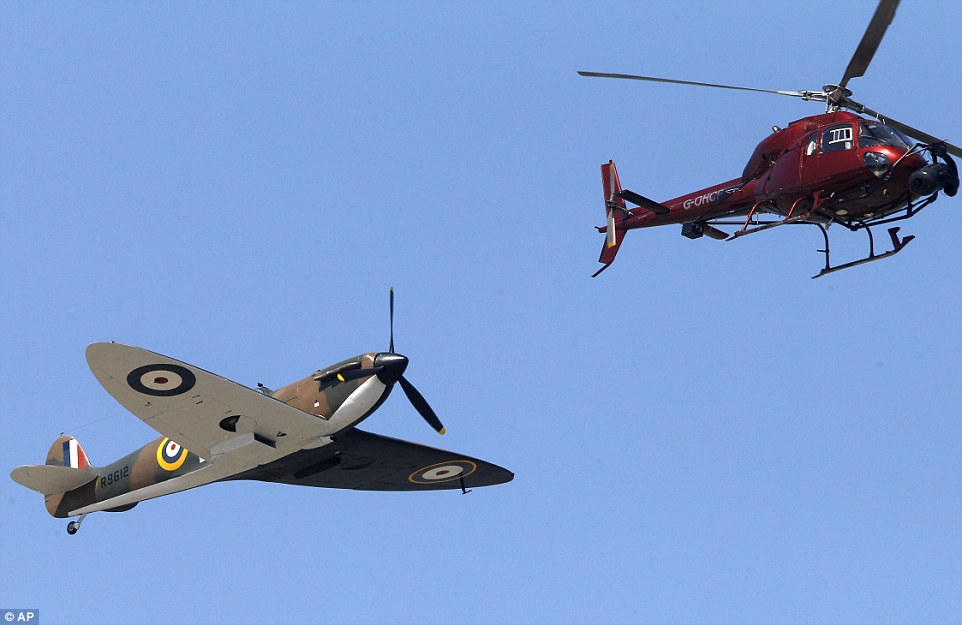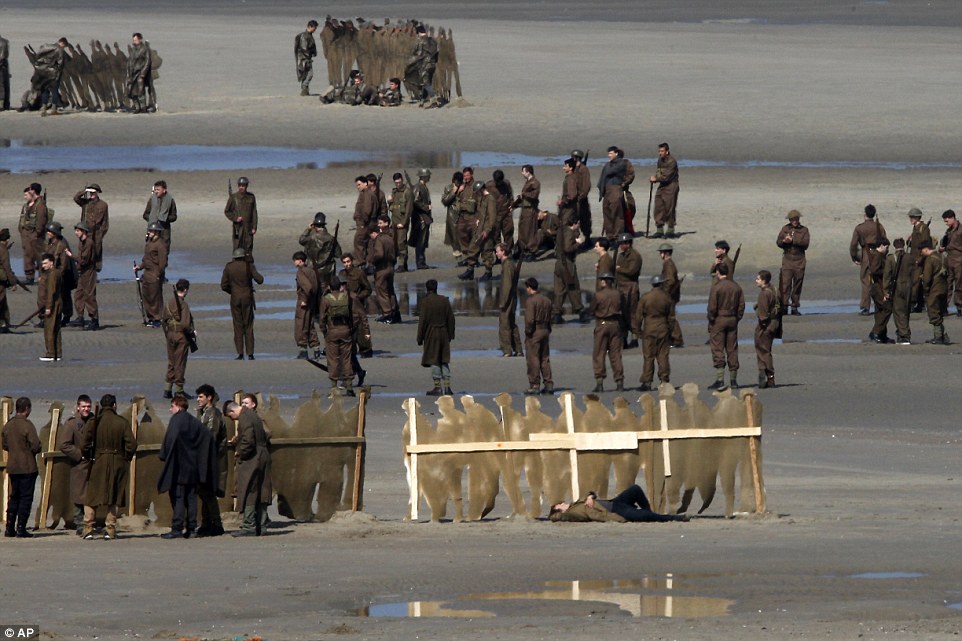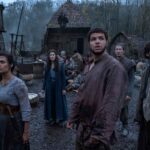As Christopher Nolan loyalists and fans familiar with his work would know, the auteur does several things his way without compromise. While some of these include inter-cutting across different perspectives and timelines and shooting extensively in film and IMAX over digital and 3-D, one of the more well-known of his traits involves his preference for practical over digital effects. Nolan prefers to shoot as much in-camera as possible and his latest effort Dunkirk was no exception to the rule.
In a detailed piece with Indiewire, visual effects production supervisor Andrew Jackson of Mad Max: Fury Road fame sheds light on the challenges involved in shooting practical effects and how the team seamlessly blended heavy practical stuff with CG bits to achieve the final result. The outcome, as Jackson explains, was lots of compositing of elements that were mostly shot in-camera to attain the gritty look that the war movie required.
For the aerial dogfights, Jackson and his crew studied hours upon hours of footage of World War II style dogfights to understand the movement of planes and spitfires in air, then created pre-vis for the different aerial scenes. However, in order to keep things real, they ended up not really referring to the pre-vis by the book, using it more as a guide instead in framing the choreography of the maneuvers. “I distilled it down to a one-page drawing for each sequence, which I would take with me in the helicopter or the plane while we were shooting,” said Jackson.
 They shot a mix of real footage along with footage of miniature spitfires, a Messerschmitt and a Yak plane, built on a 1/4th scale. The resulting effect was achieved by compositing footage from different shots along with smoke and other particle elements. Jackson explained “We were really doing straightforward, simple comps of the foreground elements and background and keeping both plates as much as we could with scratches and the flared reflections off the canopy to retain that raw, gritty feel.”
They shot a mix of real footage along with footage of miniature spitfires, a Messerschmitt and a Yak plane, built on a 1/4th scale. The resulting effect was achieved by compositing footage from different shots along with smoke and other particle elements. Jackson explained “We were really doing straightforward, simple comps of the foreground elements and background and keeping both plates as much as we could with scratches and the flared reflections off the canopy to retain that raw, gritty feel.”
For the crowd scenes, Nolan had much famously used cardboard cutouts of soldiers interspersed with thousands of real soldiers to create the illusion of a vast army of 300,000 odd men. Aerial shots flying over the beaches of Dunkirk on the other hand used CG and crowd simulation software to generate programmed herds of people that moved about on their own to convincingly give viewers a sense of scale.
 The piece comes in light of Dunkirk‘s Academy pitch for the Visual Effects category. Dunkirk is one of several other movies shortlisted for a Best Visual Effects nomination and the film-makers are expected to make a case as to why it should be included in the final list of nominees. We sure hope the Academy takes the hard work into consideration before coming out with its final list of nominees. Be sure to check out the entire piece at IndieWire; it’s a fascinating read much like Nolan’s recent interview. You can also check out our review of Dunkirk right here.
The piece comes in light of Dunkirk‘s Academy pitch for the Visual Effects category. Dunkirk is one of several other movies shortlisted for a Best Visual Effects nomination and the film-makers are expected to make a case as to why it should be included in the final list of nominees. We sure hope the Academy takes the hard work into consideration before coming out with its final list of nominees. Be sure to check out the entire piece at IndieWire; it’s a fascinating read much like Nolan’s recent interview. You can also check out our review of Dunkirk right here.
What are your thoughts? Do you think Dunkirk deserves a Visual Effects nod or at least a nomination? Or do you think Dunkirk is best nominated for some other categories? Do you have other movies in mind that better fit the bill? Feel free to pour your heart out in the comments below.





